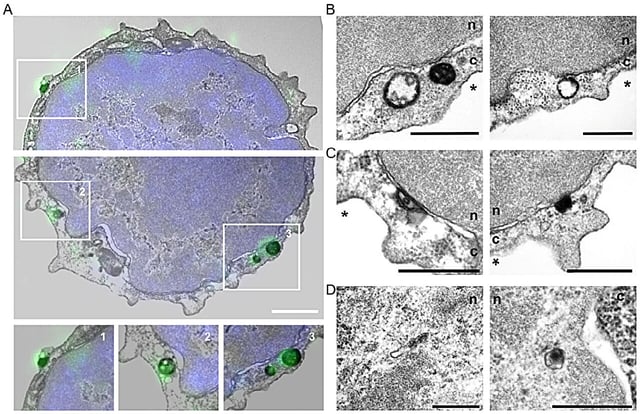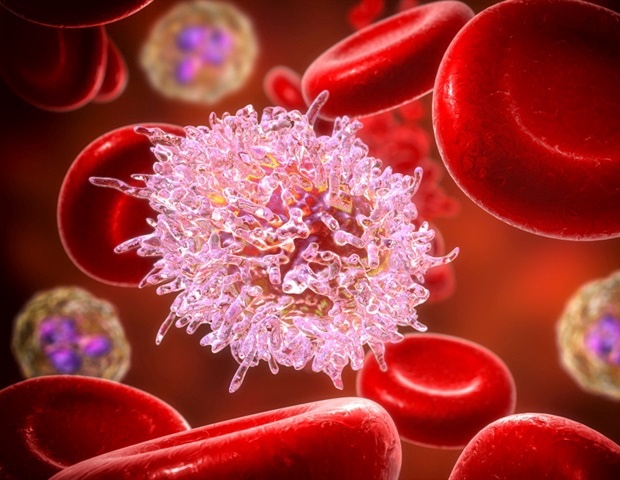Overview
- Chemokine CXCL12 induces the final enucleation step unique to mammalian erythroblasts, enabling more space for hemoglobin.
- The study reveals that CXCL12 and its receptor operate inside erythroblasts and enter the nucleus, overturning the view that chemokine receptors act only at the cell surface.
- Led by Julia Gutjahr and Antal Rot, the research was published July 7 in Science Signaling as the first confirmation of CXCL12’s intracellular signaling role during erythroblast differentiation.
- Existing artificial blood methods achieve about 80% enucleation in stem cell–derived erythroblasts and 40% in reprogrammed cells, and integrating CXCL12 could significantly boost both yield rates.
- Teams are now working to incorporate CXCL12 into scalable manufacturing protocols to address donor shortages, enable rare blood-type production and support personalized transfusion therapies.


